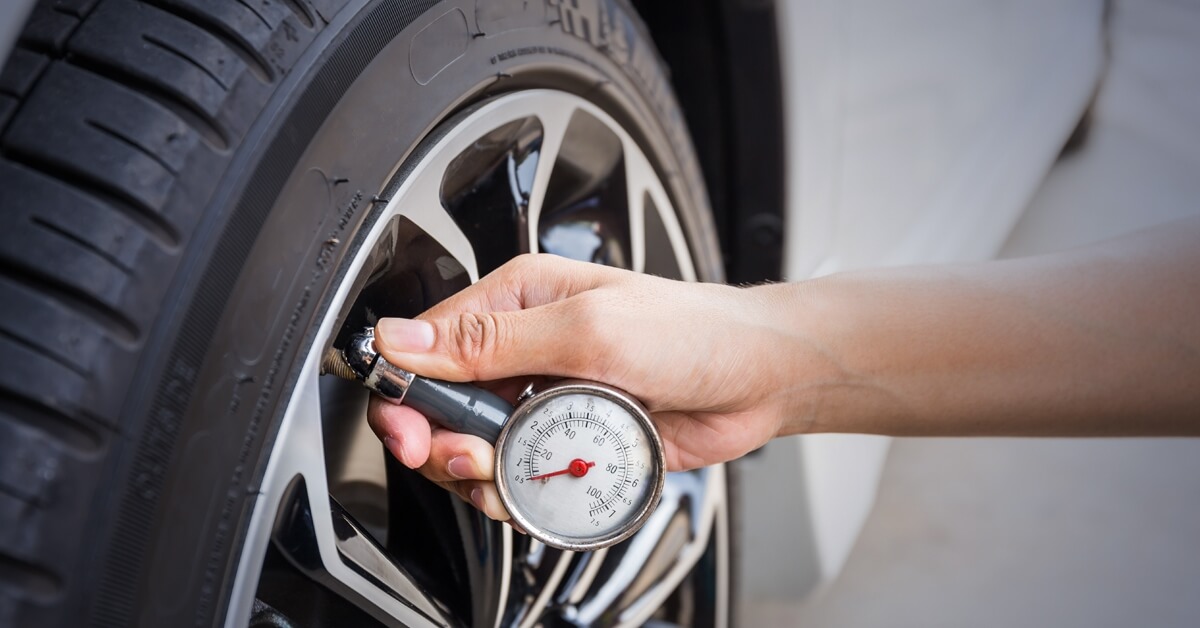With fuel prices steadily rising, every kilometre per litre counts. One often-overlooked factor that significantly affects your car’s fuel economy is tyre pressure. Maintaining the correct air pressure in your tyres isn’t just about safety and tyre longevity—it plays a crucial role in reducing fuel consumption. In this article, we explain how tyre pressure impacts fuel efficiency and why regular checks should be part of your car maintenance routine.
The Link Between Tyre Pressure and Fuel Efficiency
Tyres are the only part of your car in contact with the road. When they are not inflated properly, it affects how the vehicle moves—especially how much resistance the engine must overcome. This is called rolling resistance.
- Underinflated tyres create more rolling resistance, forcing the engine to work harder.
- Correctly inflated tyres roll smoothly, reducing energy (and fuel) required to move the vehicle.
Even a small drop in pressure can significantly increase fuel consumption.
How Much Fuel Can You Save?
According to automotive studies and tyre manufacturers:
- A 10% drop in tyre pressure can reduce fuel efficiency by up to 2%.
- Driving with underinflated tyres consistently can cost you ₹2,000–₹5,000 extra in fuel every year, depending on how much you drive.
- Maintaining proper tyre pressure can increase mileage by 5% or more in some cases.
Example:
If your car gives 15 km/l with proper tyre pressure, it may drop to 14 km/l or less if your tyres are underinflated.
Other Benefits of Proper Tyre Pressure
In addition to better fuel economy, maintaining the recommended tyre pressure provides:
- Longer tyre life: Evenly inflated tyres wear slower and more evenly.
- Improved safety: Reduces chances of blowouts and enhances braking performance.
- Better handling: Ensures optimal grip and smoother steering response.
- Reduced emissions: Lower fuel consumption also means fewer carbon emissions.
What Causes Tyre Pressure to Drop?
Tyre pressure doesn’t stay constant. It can decrease due to:
- Natural leakage: Tyres lose air over time (1–2 psi per month is normal).
- Temperature changes: In colder weather, tyre pressure drops more quickly.
- Punctures or valve issues: Slow leaks may go unnoticed without regular checks.
- Heavy loads: Carrying more weight requires higher pressure to maintain efficiency.
How to Maintain the Right Tyre Pressure
- Know your car’s recommended pressure: It’s usually mentioned in the owner’s manual or inside the driver-side door.
- Check pressure monthly: Use a digital or analog tyre pressure gauge, or visit a fuel station.
- Adjust for load and weather: Slightly higher pressure may be needed when carrying extra weight or during long highway drives.
- Use nitrogen if preferred: Nitrogen escapes slower than regular air, helping maintain pressure longer—but checking is still necessary.
Pro Tip: Don’t wait for the service center—make tyre pressure checks part of your monthly routine.
Common Myths About Tyre Pressure and Fuel Efficiency
Myth 1: Overinflating tyres improves mileage.
Reality: While overinflation may reduce rolling resistance slightly, it compromises safety and tyre wear.
Myth 2: You only need to check pressure during servicing.
Reality: Monthly checks are essential; pressure can drop even within a few weeks.
Myth 3: Visual inspection is enough.
Reality: You can’t accurately gauge pressure by looking—use a pressure gauge.
Final Thoughts
Maintaining proper tyre pressure is a simple yet powerful way to improve your car’s fuel efficiency, performance, and safety. It’s a habit that takes just a few minutes but can lead to significant savings over time—both in fuel costs and maintenance.
Whether you drive daily in city traffic or occasionally on highways, keeping your tyres at the right pressure is a smart and cost-effective practice every Indian driver should follow.

